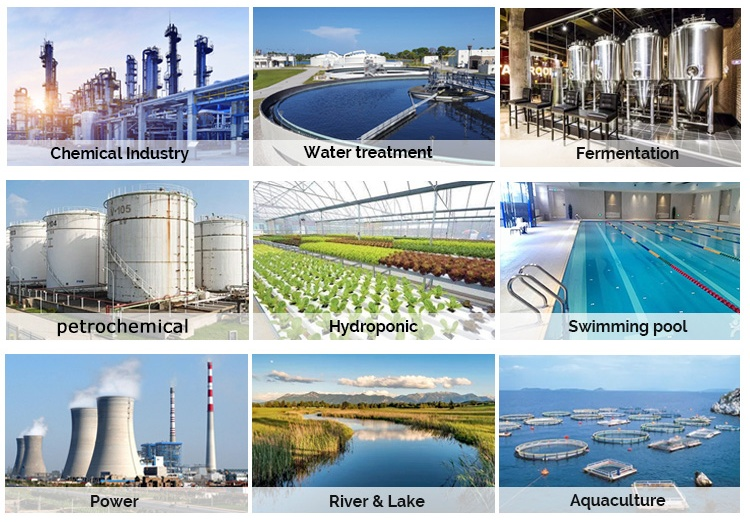UV Fluorescent Chlorophyll Sensor for Aquatic Ecosystem Monitoring
Features
① Modulation & Coherent Detection Technology
Utilizes advanced optical modulation and signal processing to enhance sensitivity and eliminate ambient light interference, ensuring reliable measurements in dynamic water conditions.
② Reagent-Free & Pollution-Free Operation
No chemical reagents required, reducing operational costs and environmental impact while aligning with sustainable water management practices.
③ 24/7 Online Monitoring
Supports continuous, real-time data collection for early detection of algal blooms, eutrophication trends, and ecosystem imbalances.
④ Integrated Self-Cleaning System
Equipped with an automatic wiper to prevent biofilm buildup and sensor fouling, ensuring consistent accuracy and minimal manual maintenance.
⑤ Robust Design for Harsh Environments
Encased in corrosion-resistant 316L stainless steel, the sensor withstands prolonged submersion and extreme temperatures (0-50°C), ideal for marine and industrial applications.


Product Paramenters
| Product Name | Chlorophyll Sensor |
| Measurement method | Fluorescent |
| Range | 0-500ug/L; Temperature: 0-50℃ |
| Accuracy | ±3%F.S. Temperature: ±0.5℃ |
| Power | 9-24VDC(Recommend12 VDC) |
| Size | 48mm*125mm |
| Material | 316L Stainless Steel |
| Output | RS-485, MODBUS protocol |
Application
1. Environmental Water Quality Protection
Monitor chlorophyll-a levels in lakes, rivers, and reservoirs to assess algal biomass and prevent harmful algal blooms (HABs).
2. Drinking Water Safety
Deploy at water treatment facilities to track chlorophyll concentrations and mitigate risks of toxin contamination in potable supplies.
3. Aquaculture Management
Optimize water conditions for fish and shellfish farming by monitoring algal growth, preventing oxygen depletion and fish mortality.
4. Coastal and Marine Research
Study phytoplankton dynamics in coastal ecosystems to support climate research and marine conservation efforts.
5. Industrial Effluent Monitoring
Integrate into wastewater treatment systems to ensure compliance with environmental regulations and reduce ecological impacts.










